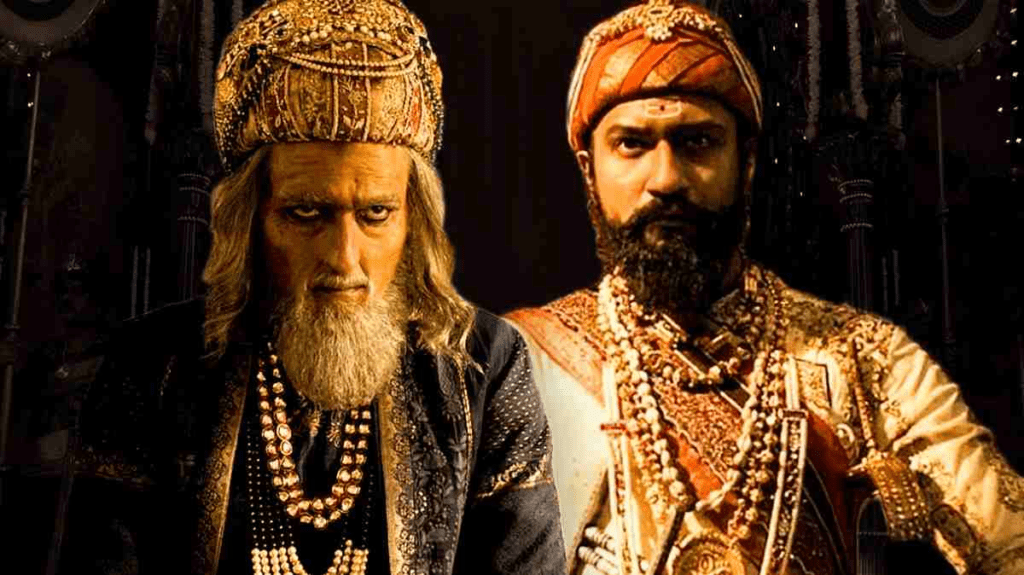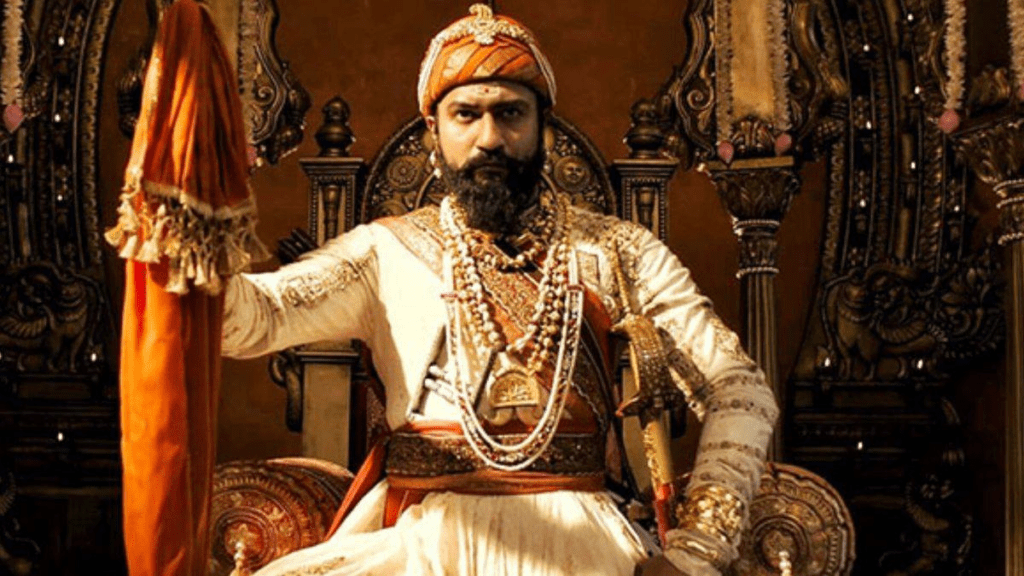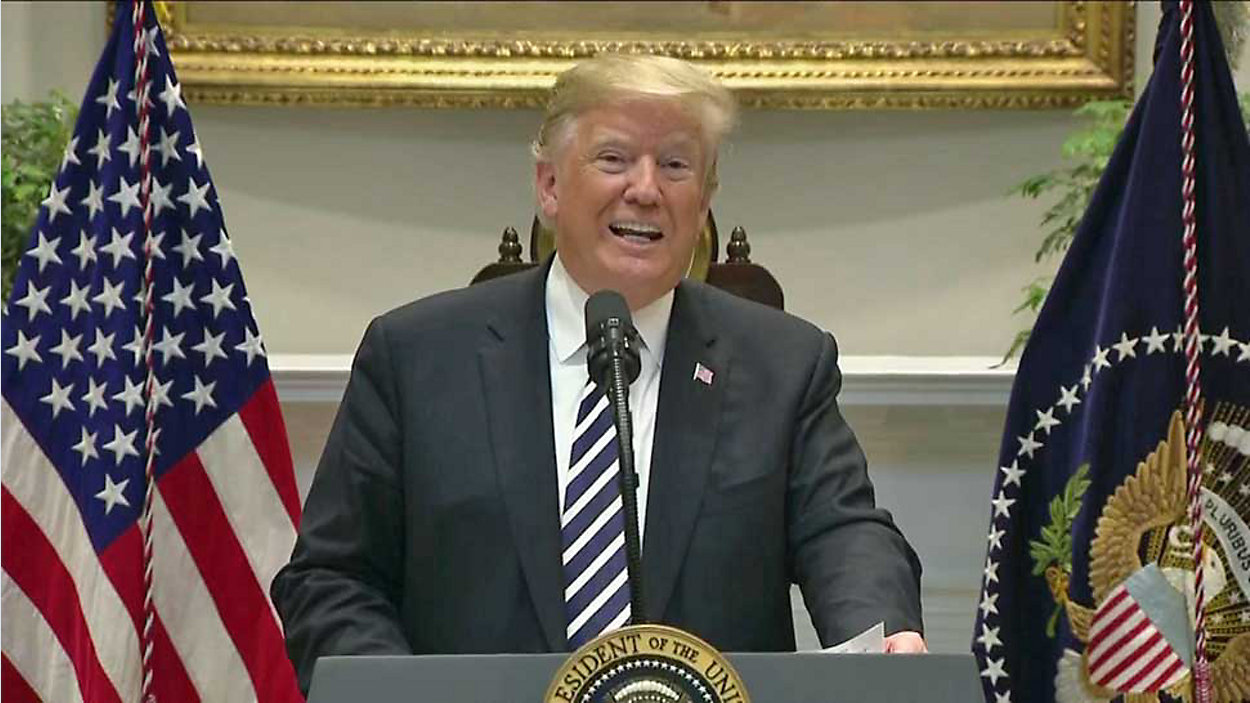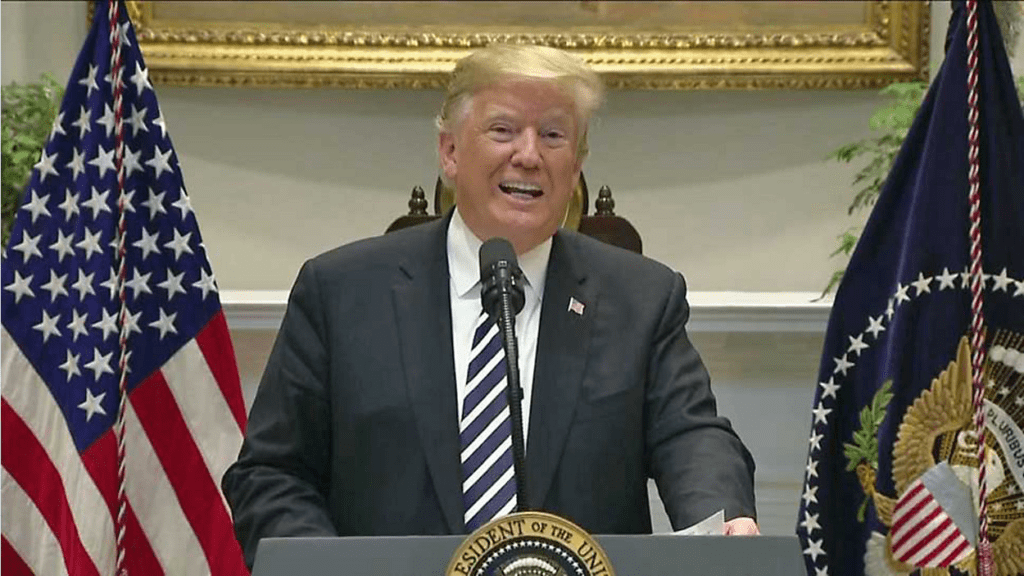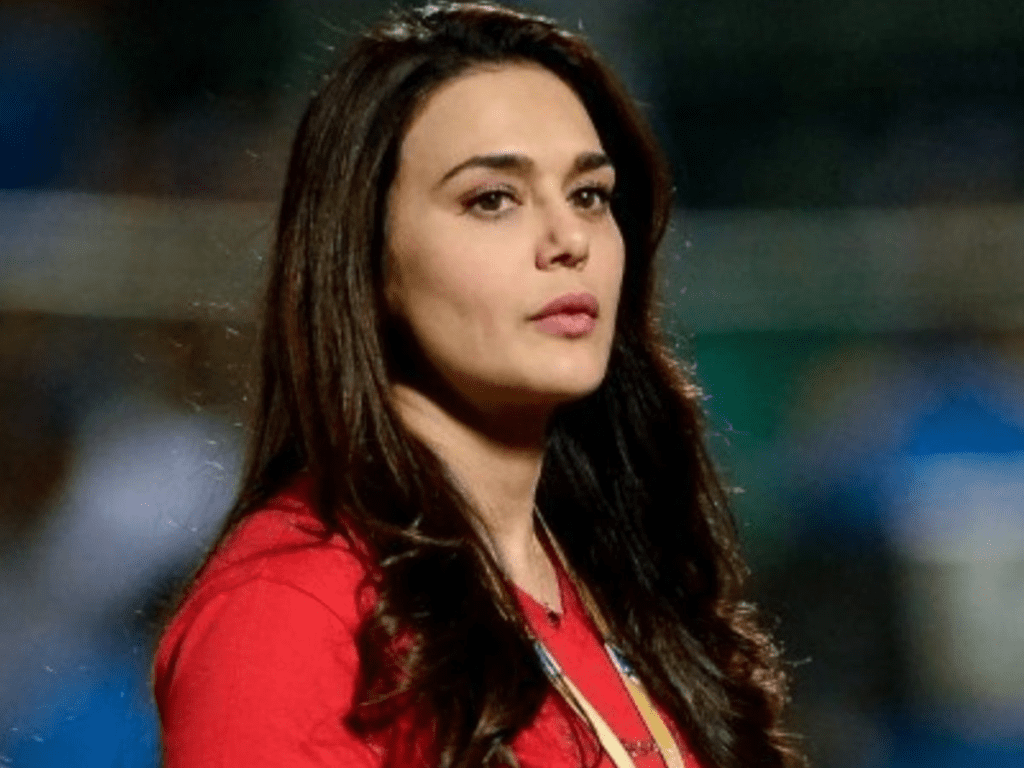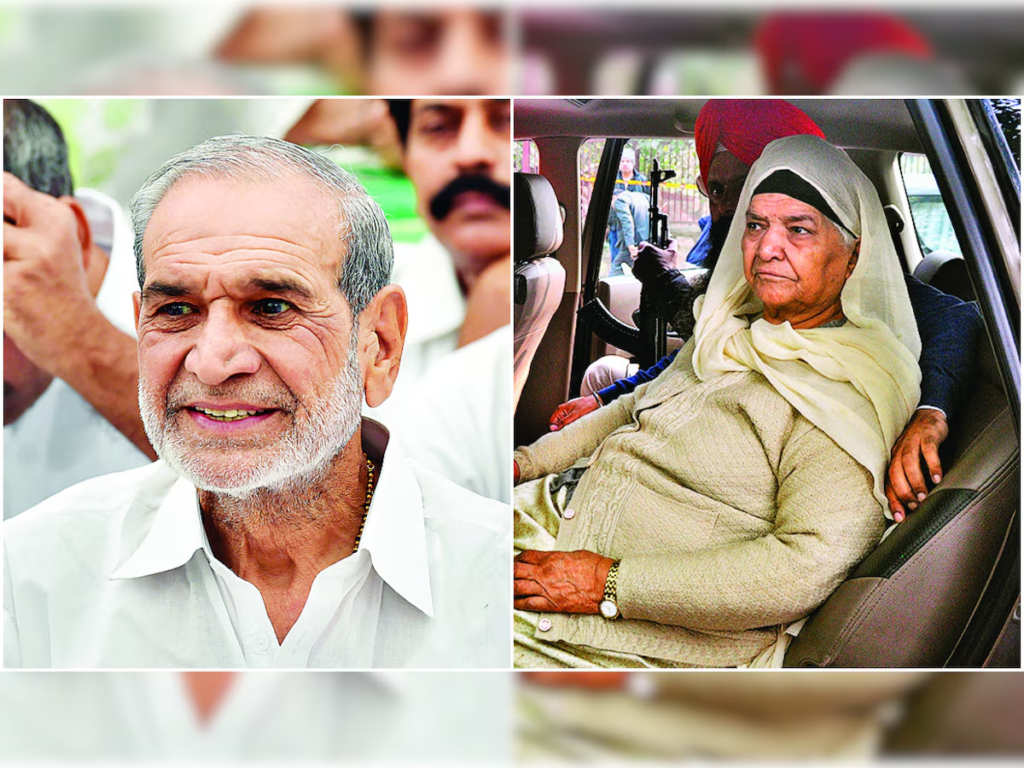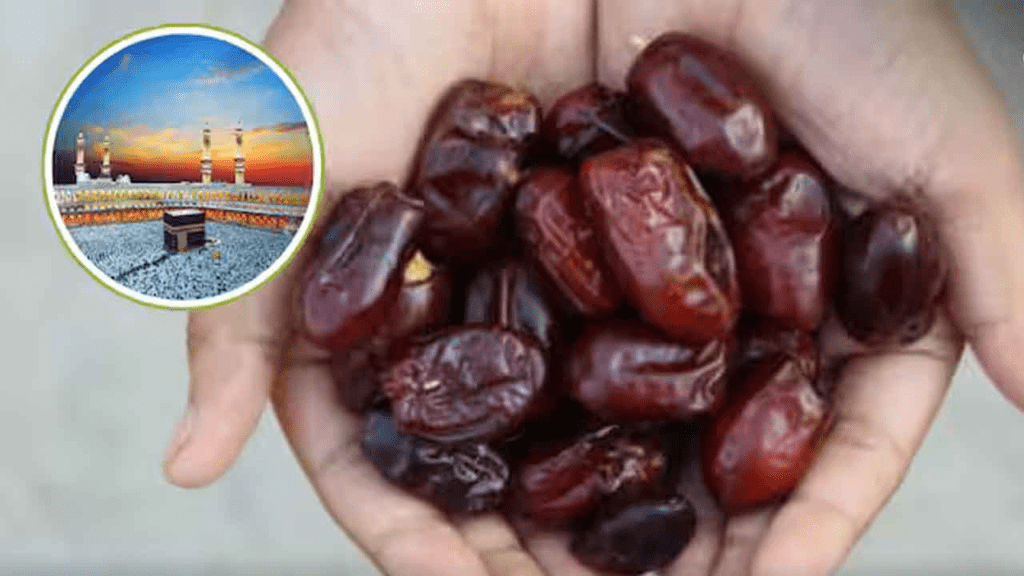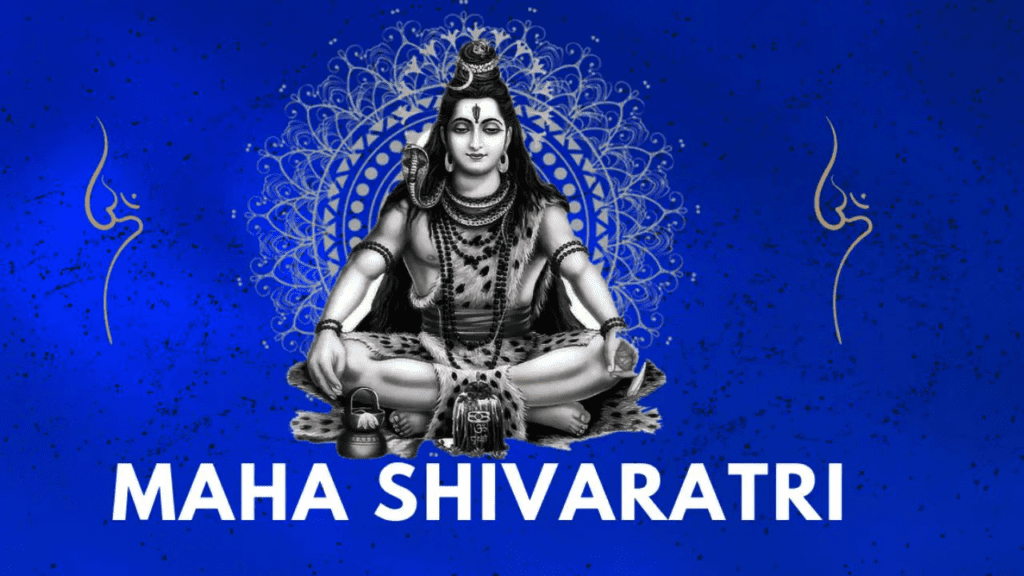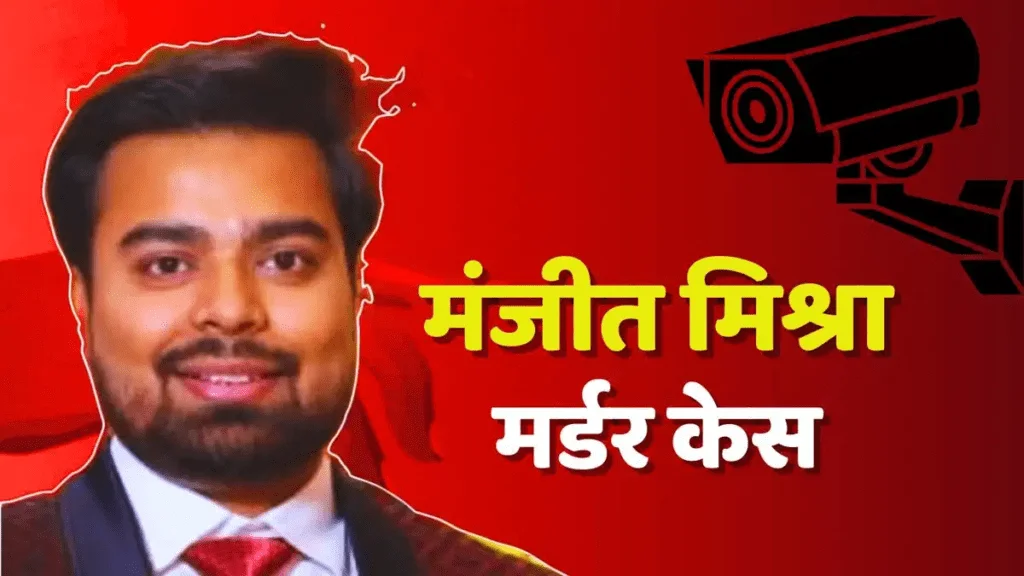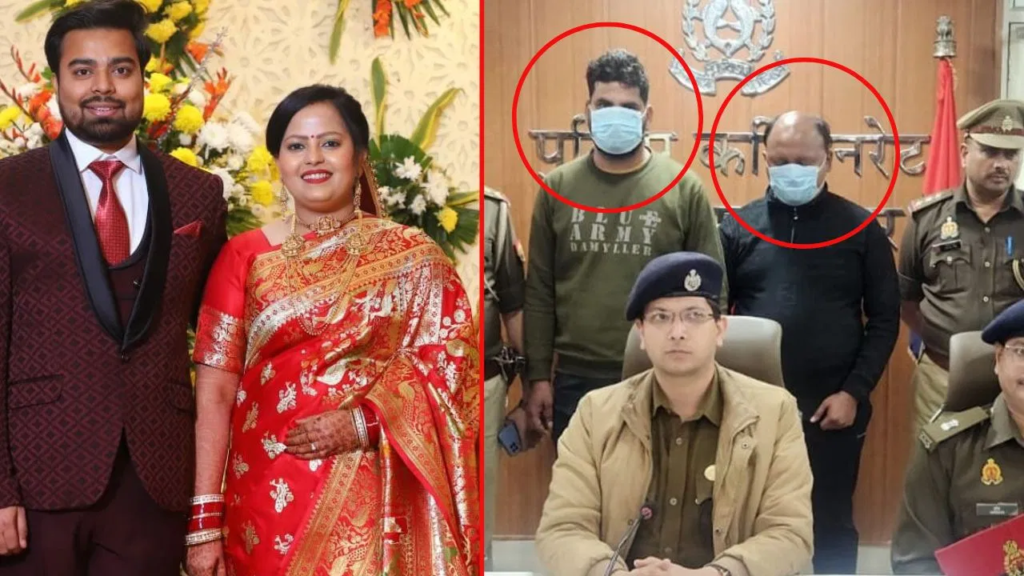“डीडीए का सपना फ्लॉप: 9,887 फ्लैट्स में 3000 भी नहीं बिके”

दिल्ली विकास प्राधिकरण की हाउसिंग स्कीम, जो कभी दिल्ली में रहने वालों के लिए घर का सपना पूरा करने का एक सुनहरा अवसर मानी जाती थी, आज एक बड़े फ्लॉप के रूप में सामने आ रही है। हाल ही में शुरू की गई इस स्कीम में 9,887 फ्लैट्स को बिक्री के लिए रखा गया था, लेकिन चौंकाने वाली बात यह है कि इनमें से 3000 फ्लैट्स भी नहीं बिक पाए।
यह आंकड़ा न सिर्फ डीडीए की योजना की नाकामी को दर्शाता है, बल्कि यह भी सवाल उठाता है कि आखिर दिल्ली में लोगों का भरोसा इस प्राधिकरण से क्यों उठ रहा है। इस ब्लॉग पोस्ट में हम इस स्कीम के फ्लॉप होने के कारणों, इसके प्रभाव और भविष्य की संभावनाओं पर विस्तार से चर्चा करेंगे।
स्कीम की शुरुआत और उम्मीदें
डीडीए ने 6 जनवरी 2025 को अपनी तीन नई हाउसिंग स्कीम्स की शुरुआत की थी। इन स्कीम्स का मकसद दिल्ली के मध्यम वर्ग, निम्न आय वर्ग (EWS), और कुछ विशेष समुदायों जैसे महिलाओं, वॉर विडोज, और ऑटो रिक्शा चालकों को किफायती घर उपलब्ध कराना था। इसके लिए डीडीए ने 25 प्रतिशत तक की छूट भी ऑफर की थी, ताकि ज्यादा से ज्यादा लोग इन फ्लैट्स को खरीद सकें। कुल 9,887 फ्लैट्स को बिक्री के लिए रखा गया, जिसमें से ज्यादातर दिल्ली के बाहरी इलाकों जैसे नरेला में स्थित थे। शुरुआत में ऐसा लग रहा था कि यह स्कीम लोगों के लिए एक अच्छा मौका साबित होगी, लेकिन नतीजे उम्मीदों के बिल्कुल उलट आए।
बिक्री के आंकड़े और हकीकत
हालिया रिपोर्ट्स के मुताबिक, डीडीए इस स्कीम के तहत अब तक सिर्फ 2,628 फ्लैट्स ही बेच पाई है। यानी कुल फ्लैट्स का महज 26 प्रतिशत ही बिक सका। इनमें से भी करीब 2,000 फ्लैट्स EWS (आर्थिक रूप से कमजोर वर्ग) श्रेणी के हैं, जबकि अन्य श्रेणियों में बिक्री लगभग न के बराबर रही। 9,887 में से 3000 फ्लैट्स भी नहीं बिक पाना इस बात का सबूत है कि लोगों ने इस स्कीम में कोई खास दिलचस्पी नहीं दिखाई। यह स्थिति दिल्ली विकास प्राधिकरण के लिए एक बड़ा झटका है, क्योंकि पिछले कई सालों से उनकी हाउसिंग स्कीम्स लगातार असफल हो रही हैं।

फ्लॉप होने के प्रमुख कारण
डीडीए की इस स्कीम के फ्लॉप होने के पीछे कई कारण हैं, जो इसकी नाकामी की कहानी को साफ तौर पर बयां करते हैं। आइए इन कारणों पर गौर करें:
- फ्लैट्स का छोटा आकार: डीडीए के फ्लैट्स का साइज अक्सर छोटा होता है, जो आज के मॉडर्न परिवारों की जरूरतों को पूरा नहीं करता। लोग चाहते हैं कि उनके घर में पर्याप्त जगह हो, लेकिन डीडीए के फ्लैट्स इस मामले में पीछे रह जाते हैं।
- सुविधाओं की कमी: इन फ्लैट्स में बुनियादी सुविधाएं जैसे पार्किंग, पार्क, और सामुदायिक केंद्र तक की कमी देखी गई है। आज के समय में लोग सिर्फ चार दीवारी नहीं, बल्कि एक बेहतर जीवनशैली चाहते हैं, जो डीडीए की स्कीम्स में नजर नहीं आती।
- खराब लोकेशन: ज्यादातर फ्लैट्स दिल्ली के बाहरी इलाकों जैसे नरेला में बनाए गए हैं, जहां ट्रांसपोर्ट की सुविधा बेहद सीमित है। मेट्रो, बस, या अन्य सार्वजनिक परिवहन का अभाव लोगों को इन जगहों पर रहने से रोकता है। शहर के केंद्र से इतनी दूर रहना नौकरीपेशा लोगों के लिए मुश्किल भरा होता है।
- उच्च कीमत: भले ही डीडीए ने छूट की पेशकश की हो, लेकिन बाजार के मुकाबले इन फ्लैट्स की कीमतें फिर भी ज्यादा मानी जा रही हैं। प्राइवेट बिल्डर्स बेहतर सुविधाओं के साथ प्रतिस्पर्धी कीमतों पर फ्लैट्स ऑफर कर रहे हैं, जिसके चलते लोग डीडीए की ओर आकर्षित नहीं हो रहे।
- भरोसे की कमी: पिछले कुछ सालों में डीडीए की कई स्कीम्स समय पर पूरी नहीं हुईं या उनमें गुणवत्ता की शिकायतें सामने आईं। इससे लोगों का भरोसा डीडीए से कम हुआ है, और वे अपने पैसे को जोखिम में डालना नहीं चाहते।
लोगों की प्रतिक्रिया
सोशल मीडिया और न्यूज़ रिपोर्ट्स में लोगों की प्रतिक्रिया साफ तौर पर इस स्कीम के प्रति उनकी नाराजगी को दर्शाती है। कई लोगों ने इसे “सुपर डूपर फ्लॉप” करार दिया है। कुछ का कहना है कि डीडीए को पहले लोगों की जरूरतों को समझना चाहिए था, फिर योजना बनानी चाहिए थी। वहीं, कुछ ने नरेला जैसे इलाकों को “घर कम, गोदाम ज्यादा” जैसा बताया, जहां रहने की बजाय सामान रखने की जगह ज्यादा लगती है। यह सारी प्रतिक्रियाएं डीडीए के लिए एक सबक हैं कि केवल फ्लैट्स बनाना ही काफी नहीं, बल्कि उनकी गुणवत्ता और लोकेशन भी मायने रखती है।
डीडीए के लिए चुनौतियां
यह असफलता डीडीए के सामने कई चुनौतियां खड़ी करती है। पहली चुनौती है इन खाली पड़े फ्लैट्स को बेचना। अगर ये फ्लैट्स बिके नहीं, तो डीडीए को आर्थिक नुकसान होगा और उसकी विश्वसनीयता पर और सवाल उठेंगे। दूसरी चुनौती है अपनी छवि को सुधारना। डीडीए को लोगों का भरोसा जीतने के लिए नई रणनीति बनानी होगी, जैसे कि बेहतर लोकेशन चुनना, सुविधाएं बढ़ाना, और कीमतों को बाजार के हिसाब से संतुलित करना। तीसरी चुनौती है प्राइवेट बिल्डर्स से मुकाबला करना, जो लगातार आधुनिक और किफायती ऑप्शंस पेश कर रहे हैं।

भविष्य की संभावनाएं
क्या डीडीए इस स्थिति से उबर पाएगी? यह सवाल अभी अनुत्तरित है। अगर डीडीए अपनी गलतियों से सबक ले और लोगों की जरूरतों को ध्यान में रखकर नई स्कीम्स लाए, तो शायद वह फिर से लोगों का भरोसा जीत सके। उदाहरण के लिए, नरेला जैसे इलाकों में मेट्रो कनेक्टिविटी बढ़ाने की योजना बनाई जा सकती है। साथ ही, फ्लैट्स के डिजाइन और सुविधाओं में सुधार करके उन्हें आकर्षक बनाया जा सकता है। इसके अलावा, डीडीए को प्राइवेट बिल्डर्स के साथ मिलकर काम करने की संभावना पर भी विचार करना चाहिए, ताकि दोनों के संसाधनों का बेहतर इस्तेमाल हो सके।
डीडीए की हाउसिंग स्कीम का “सुपर डूपर फ्लॉप” होना एक चेतावनी है कि बिना ठोस योजना और लोगों की जरूरतों को समझे कोई भी प्रोजेक्ट सफल नहीं हो सकता। 9,887 फ्लैट्स में से 3000 भी न बिकना इस बात का सबूत है कि डीडीए को अपनी रणनीति में बड़े बदलाव की जरूरत है। दिल्ली जैसे शहर में जहां घर की मांग हमेशा बनी रहती है, वहां इतने फ्लैट्स का खाली रहना हैरानी की बात है। यह नाकामी सिर्फ डीडीए की नहीं, बल्कि उस सोच की भी है जो लोगों की जरूरतों को नजरअंदाज करती है। उम्मीद है कि डीडीए भविष्य में इससे सबक लेगा और दिल्लीवासियों के लिए सचमुच किफायती और बेहतर घर उपलब्ध कराएगा।
आप इस स्कीम के बारे में क्या सोचते हैं? अपनी राय नीचे कमेंट में जरूर बताएं!










